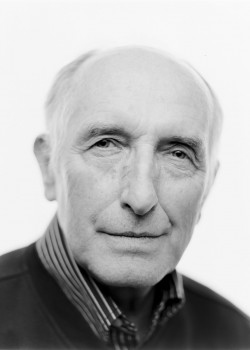Science journal: Meet Vaclav Smil, the man who has quietly shaped how the world thinks about energy
As a teenager in the 1950s, Vaclav Smil spent a lot of time chopping wood. He lived with his family in a remote town in what was then Czechoslovakia, nestled in the mountainous Bohemian Forest. On walks he could see the Hohenbogen, a high ridge in neighboring West Germany; less visible was the minefield designed to prevent Czechs from escaping across the border. Then it was back home, splitting logs every 4 hours to stoke the three stoves in his home, one downstairs and two up. Thunk. With each stroke his body, fueled by goulash and grain, helped free the sun’s energy, transiently captured in the logs. Thunk. It was repetitive and tough work. Thunk. It was clear to Smil that this was hardly an efficient way to live.

Vaclav Smil
The prose is dry, and they rarely sell more than a few thousand copies. But that has not prevented some of the books—particularly those exploring how societies have transitioned from relying on one source of energy, such as wood, to another, such as coal—from profoundly influencing generations of scientists, policymakers, executives, and philanthropists. One ardent fan, Microsoft co-founder Bill Gates in Redmond, Washington, claims to have read nearly all of Smil’s work. “I wait for new Smil books,” Gates wrote last December, “the way some people wait for the next Star Wars movie.”
Read the full article here.






